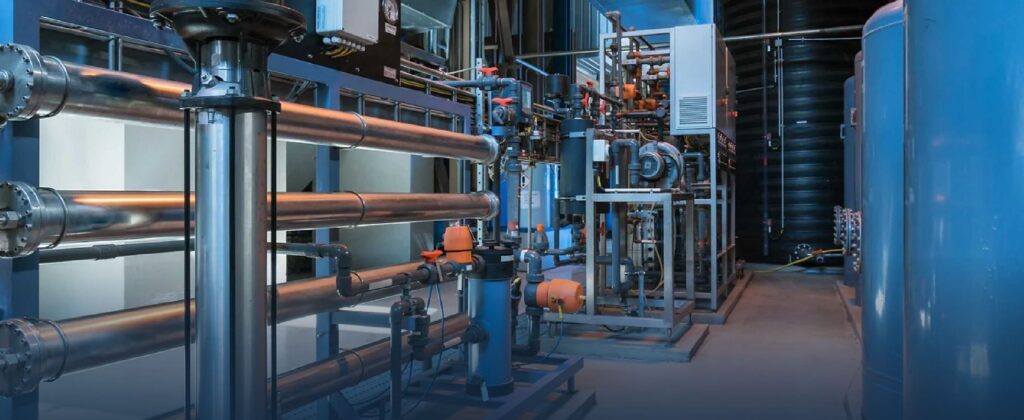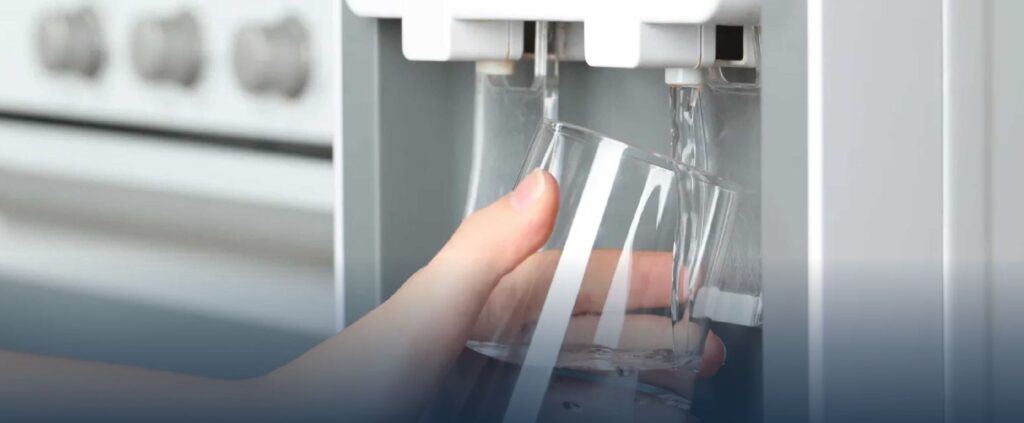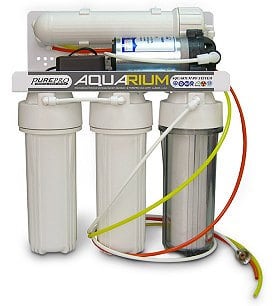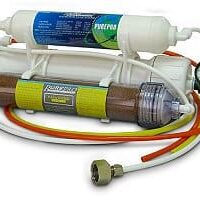Description
Description: Aquarium RO Filter|FS-401
Aquarium RO Filter for fresh and marine aquariums.
Five reasons why you should consider our FS-4o1 Aquarium RO Filter:
1. Local water suppliers now use chloramines as a disinfectant and the two stages of activated carbon will remove chloramines. Chloramines even in small concentrations are lethal to fish.
2. Excludes booster pump which may be required when supply pressure is below 250 kPa.
3. Only NSF approved materials used .
4. With additional DI cartridge you can achieve very low TDS values below 5 ppm -ideal for marine aquariums.
5. We only use Dow TFC RO membranes considered the best RO membranes in the world.
Clean, pure water is a priority for all fish. No equipment is more effective in helping create ideal water conditions as Reverse Osmosis (RO) units. These units filter out up to 99% of chemicals found in tap water by forcing tap water through a semi-permeable membrane that removes 90-99% of tap water impurities. The result is water that is free of minerals and other contaminants.
Our Aquarium RO Systems meet stringent standards and far exceeds the quality of systems from other manufacturers. A wide variety of options ranging from economy 3-stage units to top of the line 5-stage RO/DI units are available to suit your exact needs.
Why do I need RO water ?
Tap water often contains impurities that can cause problems when added to an aquarium. These include phosphate, nitrate, chlorine, and various heavy metals. Local water authorities now add chloramines instead of chlorine as disinfectant in the water. Chloramines are disinfectants used to treat drinking water. Chloramines are most commonly formed when ammonia is added to chlorine to treat drinking water. The typical purpose of chloramines is to provide longer-lasting water treatment as the water moves through pipes to consumers. High levels of phosphate and nitrate fuel aggressive algae growth, and copper, often present in tap water due to leaching from pipes, is highly toxic to invertebrates. Because RO filters remove practically all of these impurities, they are becoming more popular among aquarists, particularly marine hobbyists.
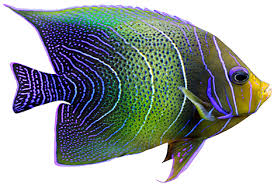
Aquarium RO Filter -Features:
- Reverse Osmosis Technology
- Activated carbon and sediment filtration
- Easy to Use and Store
- Three Color Coded Tubing For System Connection.
- Include Common Faucet Adaptor For Easy Installation.
- 100% Factory Tested and Sterilised.
- Includes Installation Instruction.
- Deionisation (DI) Filter. (Optional)
- Pressure Gauge (Optional)
- Booster Pump For Low Pressure Needs(Optional)
- 80GPD, 100GPD, 200GPD Membrane (Optional)
- 50GPD membrane. (Made in USA)


Questions about DI -cartridges( not included)
Why does my deionising cartridge produce water with a smell?
Type 1 Strong based Anion resins release very low levels of amines (trimethylamine). A very low threshold of 5 PPB or greater will cause a fishy odour to be noticeable. The odour is most noticeable when the resins are new and when they are at or near the point of exhaustion. It is therefor recommended to flush a new DI- cartridge for a few hours to reduce the off-odour, however the small amounts of amines released will not harm the fish.
Why does the DI-cartridge not fill all the way with water?
RO water is produced at a very slow rate, which is dependent on the water temperature, pressure and size of the membrane. The water trickles into the DI housing (on the outside of the DI cartridge) and is forced up through the center, leaving the DI housing.
There are two reasons that this housing will not fill with water. First, air trapped in the housing will not allow it to fill. Or, if the product line leaving this housing is sloped down, then you are gravity draining the water out of the housing. In either case, no harm is done to either the water or the DI cartridge.
Why does my DI-cartridge have a such a short life?
One of the most common reasons for low DI cartridge life is high carbon dioxide content in low pH waters. CO2 levels in low pH waters like well waters can be as high 50-100 ppm. Since carbon dioxide is a small dissolved gaseous molecule it passes right through the reverse osmosis membrane. Carbon dioxide is weakly ionised and is not detected in conductivity measurements, however it occupies the anion-exchange sites in the deionisation cartridge significantly reducing their expected life-time. Therefore, CO2 removal from RO product water significantly enhances the life-time of the deionisation cartridges.
Good CO2 levels are 15 -35 ppm. CO2 levels can be lowered by dispersing fine air bubbles into water with air stone or venturi side injection. Refer to Henry’s law .
To determine CO2 levels click on the link below:
How to determine CO2-levels:
What Are Total Dissolved Solids?
- “Dissolved solids” refer to any minerals, salts, metals, cations or anions dissolved in water. This includes anything present in water other than the pure water (H20) molecule and suspended solids. (Suspended solids are any particles/substances that are neither dissolved nor settled in the water, such as organic leaf matter.)
- In general, the total dissolved solids concentration is the sum of the cations (positively charged) and anions (negatively charged) ions in the water.
- Parts per Million (ppm) is the weight-to-weight ratio of any ion to water.
- A TDS meter is based on the electrical conductivity (EC) of water. Pure H20 has virtually zero conductivity. Conductivity is usually about 100 times the total cations or anions expressed as equivalents. TDS is calculated by converting the EC by a factor of 0.5 to 1.0 times the EC, depending upon the levels. Typically, the higher the level of EC, the higher the conversion factor to determine the TDS. NOTE – While a TDS meter is based on conductivity, TDS and conductivity are not the same thing.

